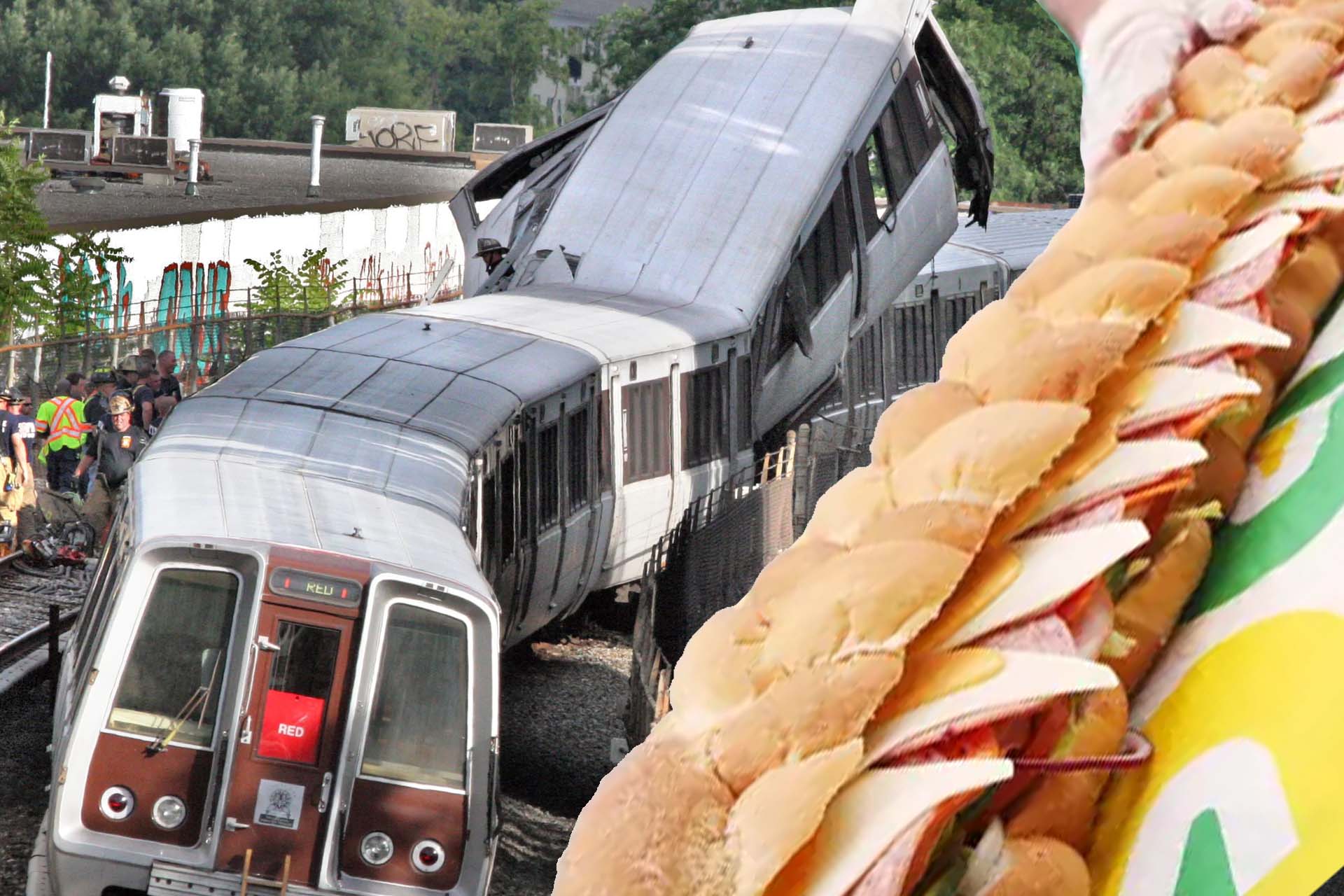In the last couple of years, Subway has had to close thousands of stores and overall has seen a 25% fall in business from 2012 to 2020.
There are more than 42,000 Subways spread across 100 countries, which should be an accomplishment, but the tide has changed for the popular sub company. In the last three years, the company has had to close thousands of stores and overall has seen a 25% fall in business.
So why don't people want fresh food and subs anymore? Turns out the Jared diet may not be for everyone, and it didn't help that Jared turned out to be a major creeper. Thorough background checks on anyone that becomes the iconic image of your company certainly can't hurt.
Subway has more problems than just Jared though. The company's subs just aren't holding up to the test of time, and it seems that people are tired of eating a sub for dinner. Or at least they are tired of eating a Subway sub because now there are plenty of competing fast food sub shops. Before looking at why Subway is failing, let's take a closer look at how they rose to popularity.
Pete's Super Submarines
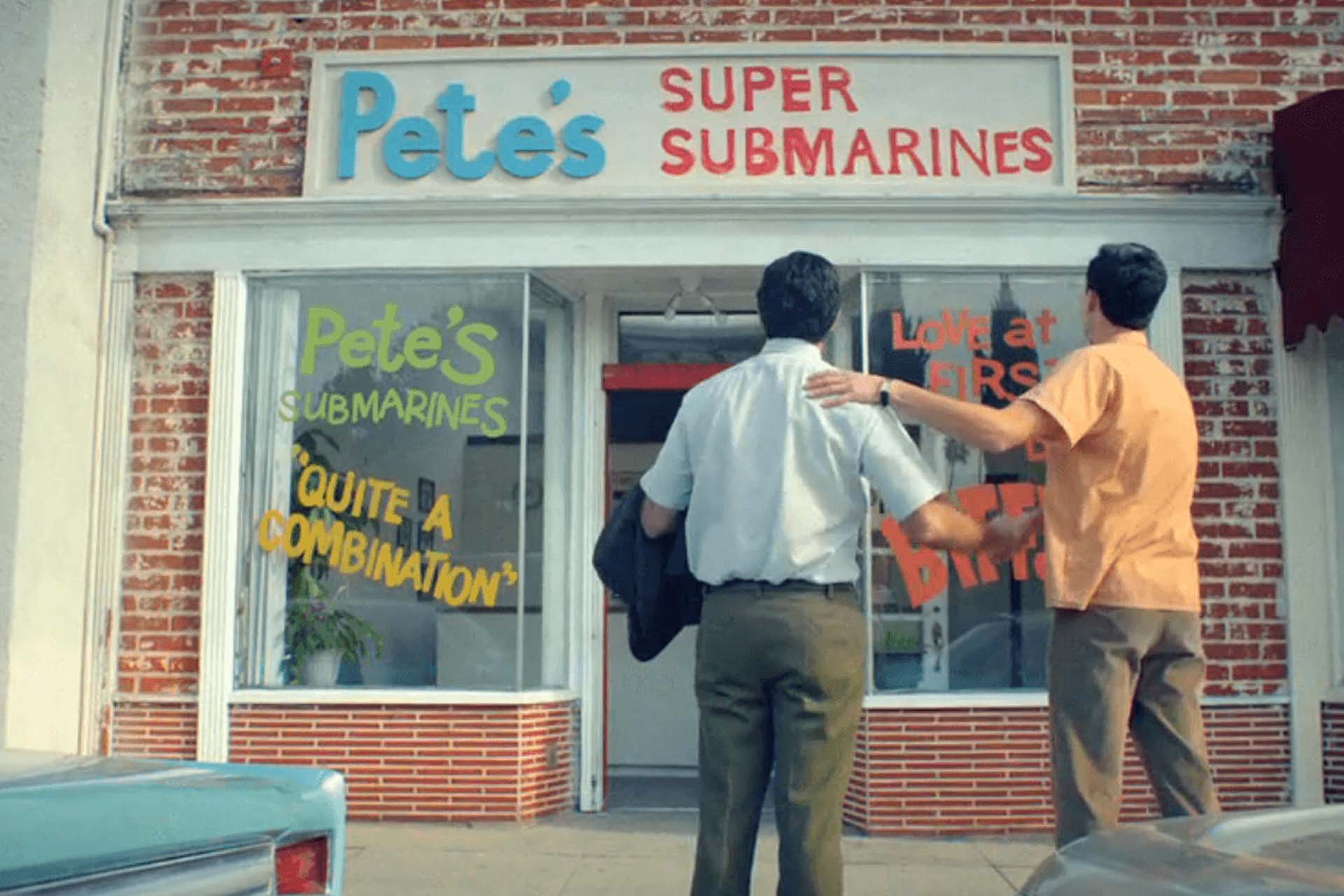
Way back before footlong become a common part of our vernacular, there was Pete's Super Submarines in Bridgeport, CT. Owned by two men, the 1965 shop branded itself by building its subs while people watched. Just like today, Pete's Super Submarines wanted customers to watch their sandwich get built in front of them, which also made the fast-food option seem healthier, something that no other fast-food chain could offer.
Three years passed and as the popularity of the shop grew the co-founders decided to shorten the shop's name to simply Subway. Probably a smart move since Pete's Super Submarines of Connecticut is a mouthful. It worked because by 1981 Subway had 200 franchise locations across the nation and soon after Subway went international.
Affordable Franchises
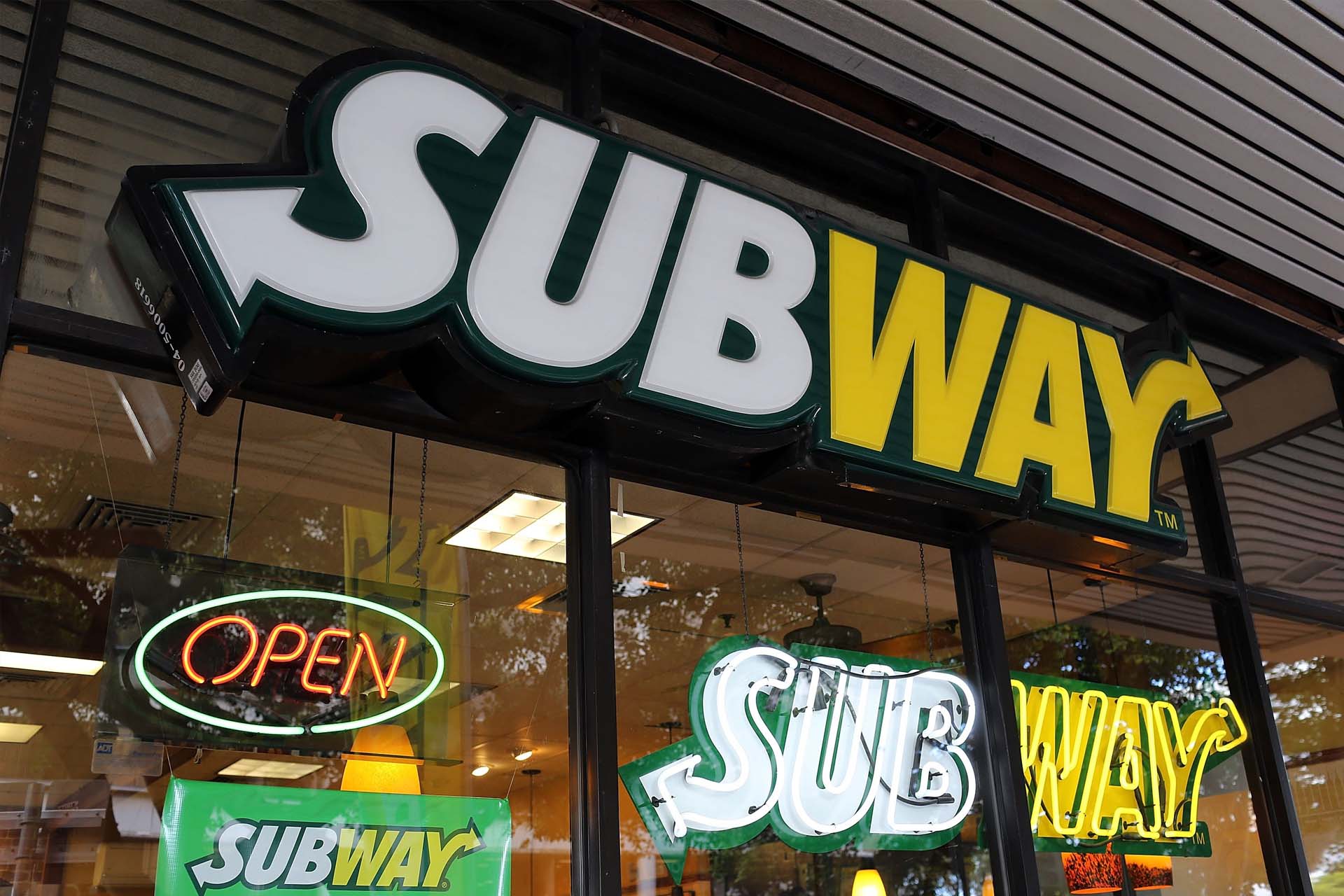
One of the reasons that Subway franchises took off so quickly was their cost. Subway is one of the most affordable franchise options out there. It only costs between $116,000 and $263,000 to open a Subway franchise, whereas a McDonald's franchise costs over two million. This allowed franchise locations to skyrocket as people everywhere wanted to invest in Subway. Between 1990 and 1998 gross sales rose by 2.1 billion dollars as Subway shops opened on every corner.
Throughout it all, Subway continued to market itself as the healthy alternative, which people wanted to hear as the obesity epidemic was starting to take root in American society. While this worked for a while, with the recession in 2008 making people tighten up their budgets the company had to shift its marketing.
The Introduction of the $5 Footlong
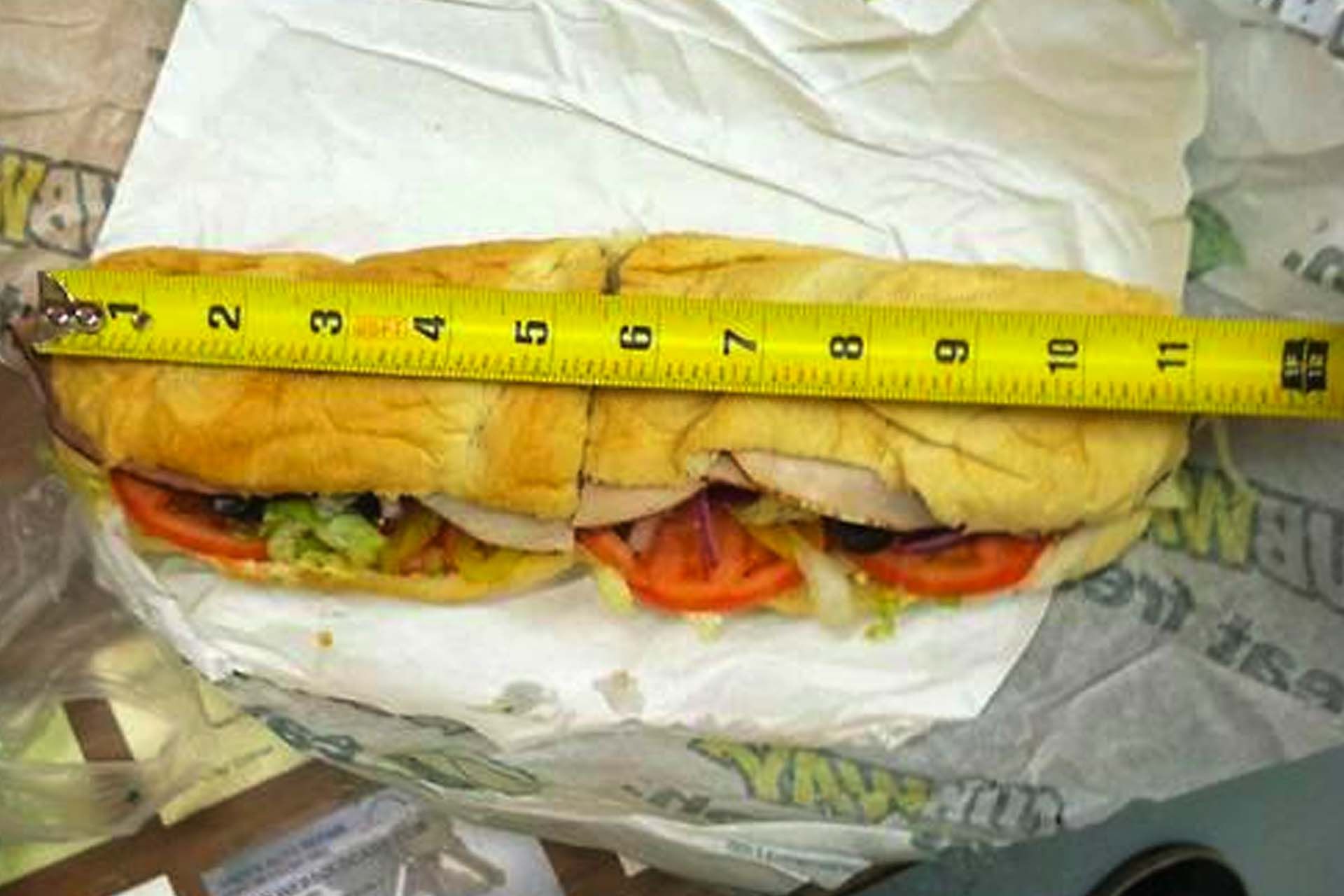
People now cared about saving a dollar more than they did saving a few calories, so Subway rebranded itself with the $5 Footlong. Suddenly they had a low-cost product that was still filling and healthy. The jingle was recognizable to almost everyone, but even that wasn't enough to save the brand as their competition revved up.
Subway Starts Feeling the Crunch
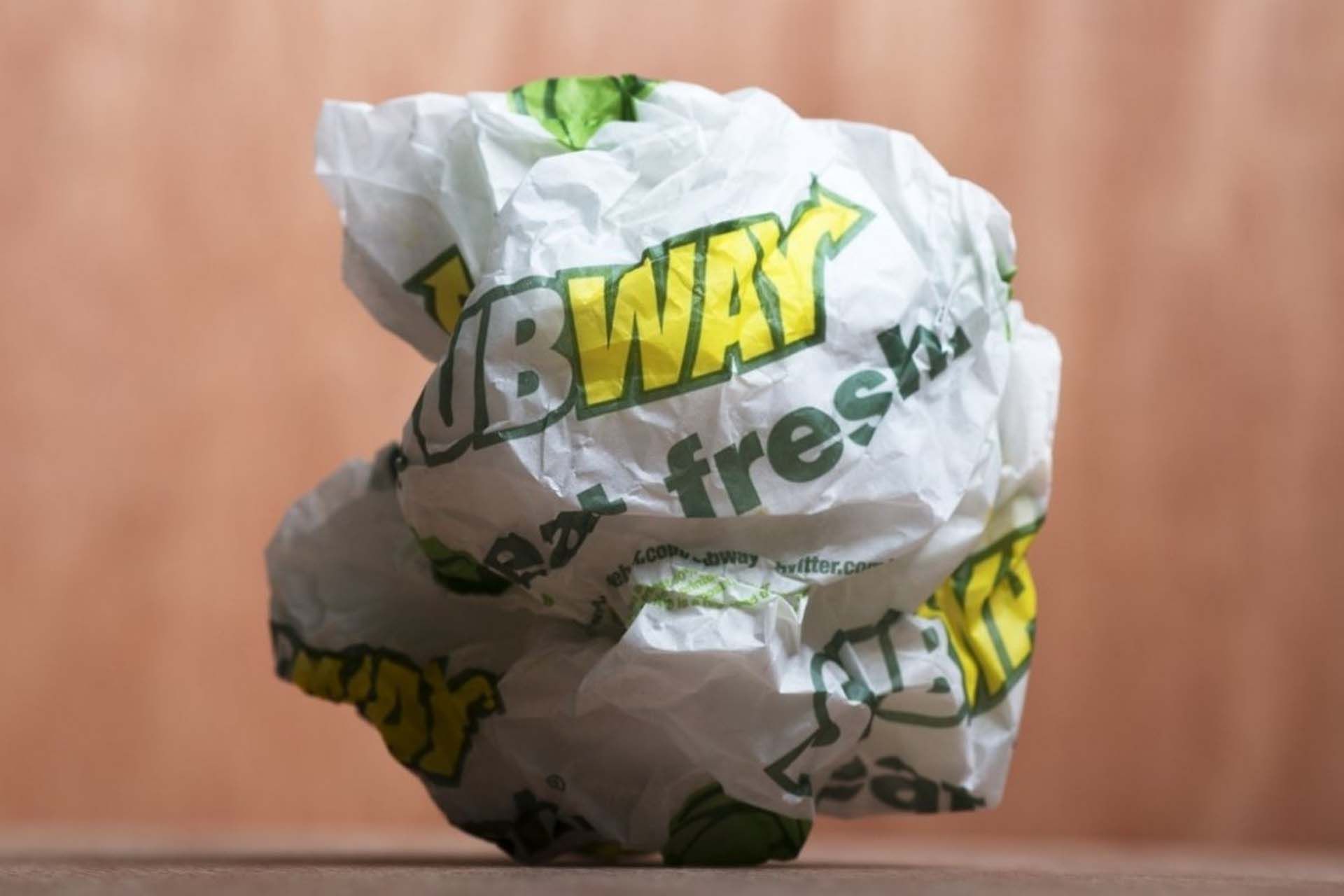
Even something as the genius $5 footlong wasn't enough to keep Subway in the positive. Starting in 2014 the massive sub chain started to see its profits and sales dropping partially due to an influx of competitors. Once deemed the only healthy option, now Subway had multiple sub chains to compete with such as Quiznos, Jimmy Johns, and Jersey Mikes.
The introduction of semi-casual fast-food chains like Panera and Chipotle also started to cut into their target audience as people now had other options with seemingly fresher and healthier food options. Subway mostly stuck to its original menu without much re-invention along the way, and it seemed people were tired of it. Other old fast food chains create new menu items, while Subway didn't and people noticed.
Subway also over-expanded since the franchise agreements did not include any protective areas. This meant multiple Subways could open within a small distance of each other cutting into each other's profits. By 2016 franchise locations lost dozens of dollars.
Jared Turns Into a Liability
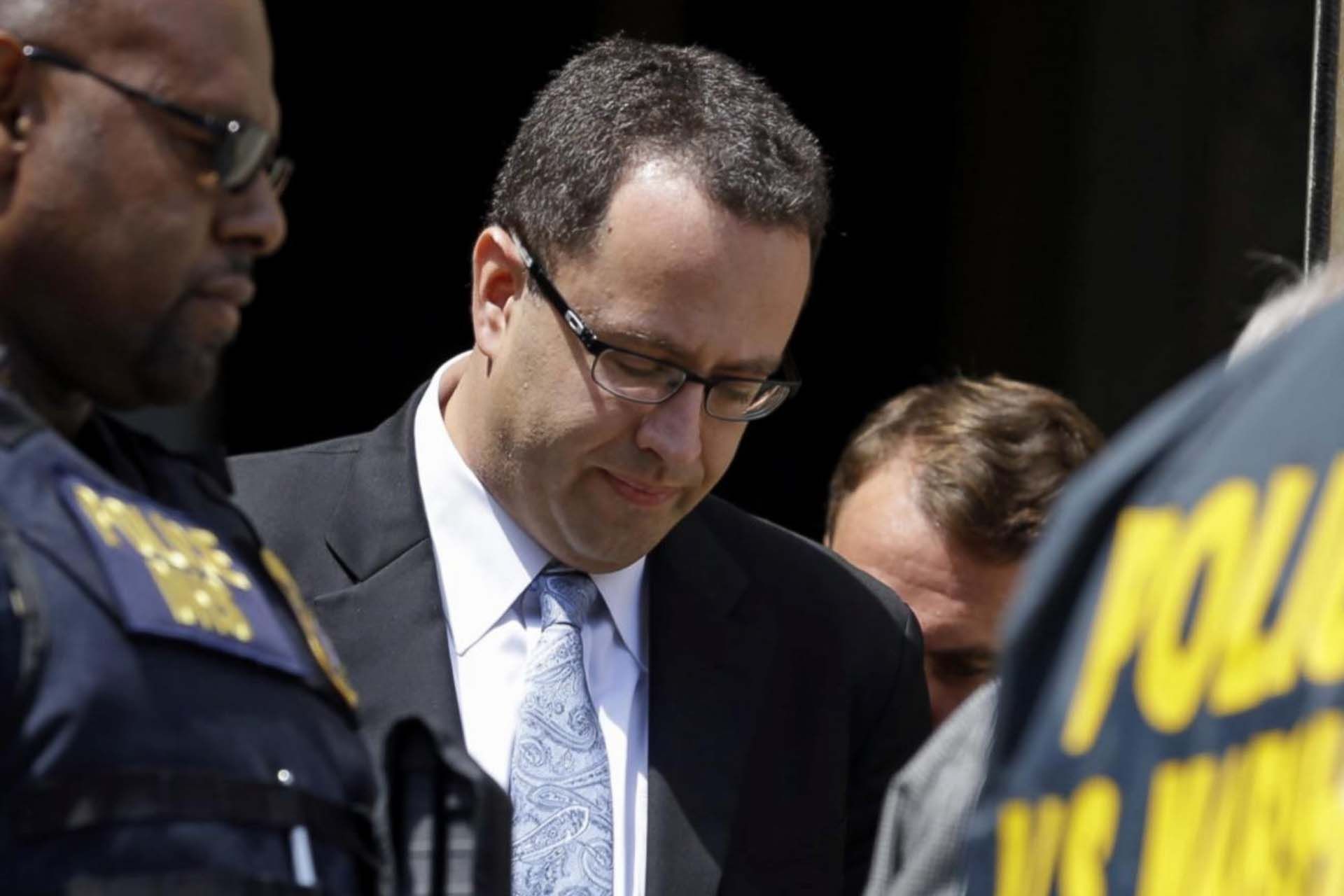
Things were already falling apart for Subway, but the arrest of Jared did not help. The brand did not want anything to do with his pedophilia charges, but it was hard for them to avoid. Even though they cut ties with Jared, the company was forced to close 359 in 2016 stores across the US and by the end of 2018 over a thousand locations were closed.

